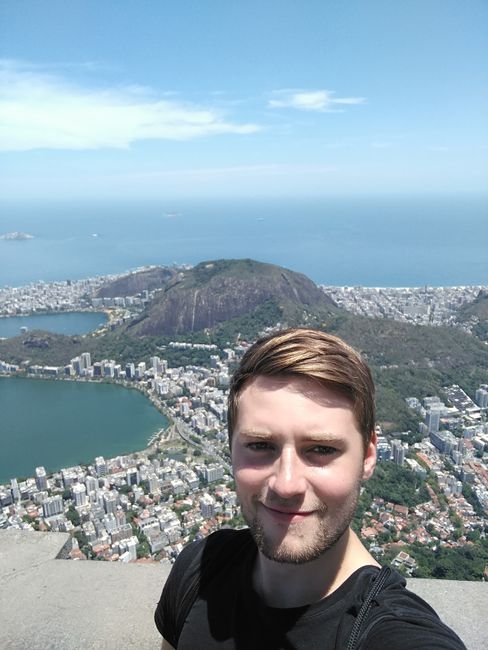Uruguay in fast motion
Wotae: 16.11.2017
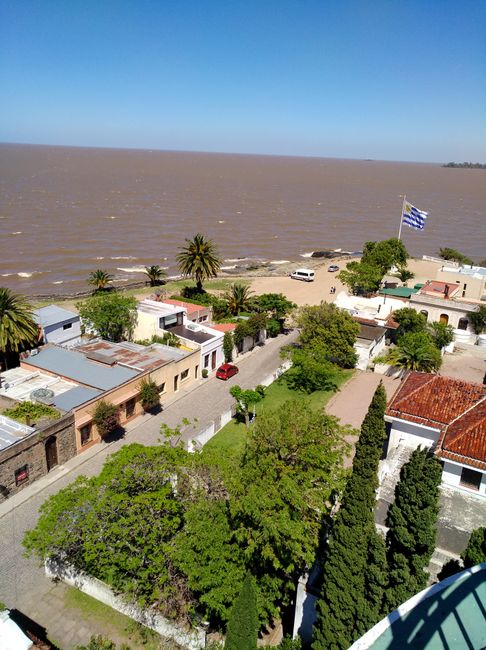
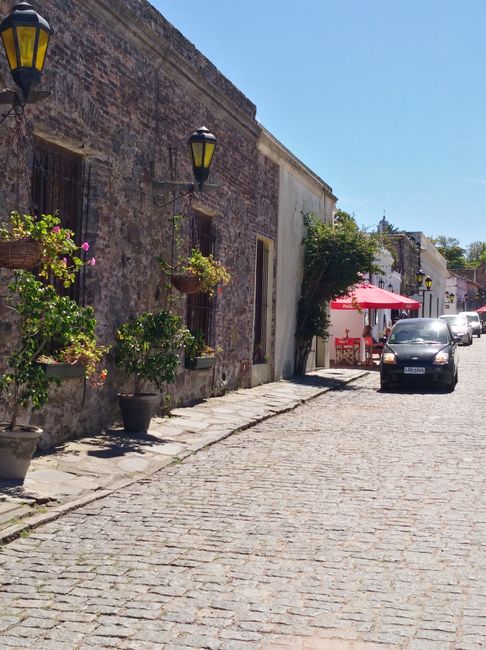
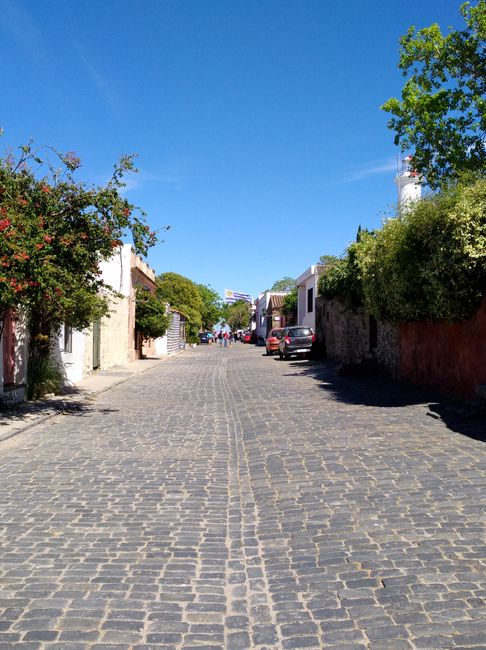
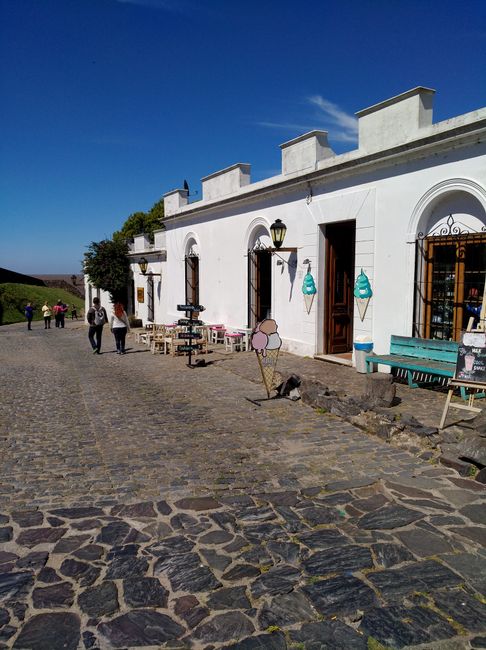
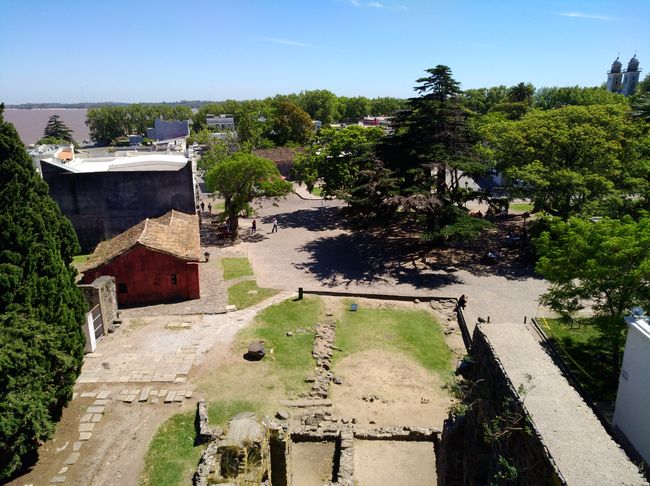
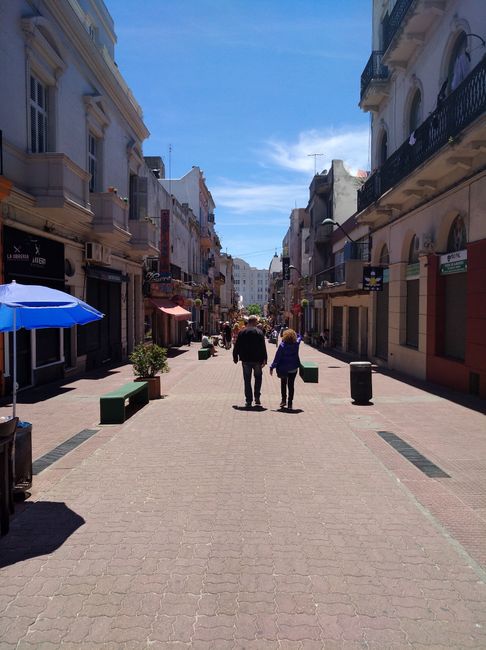
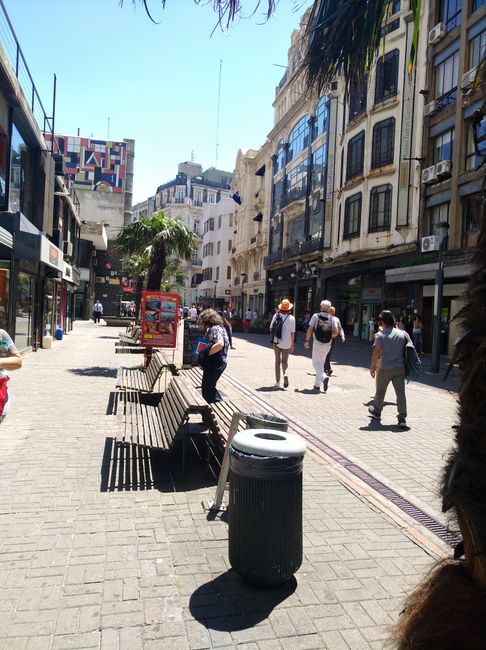
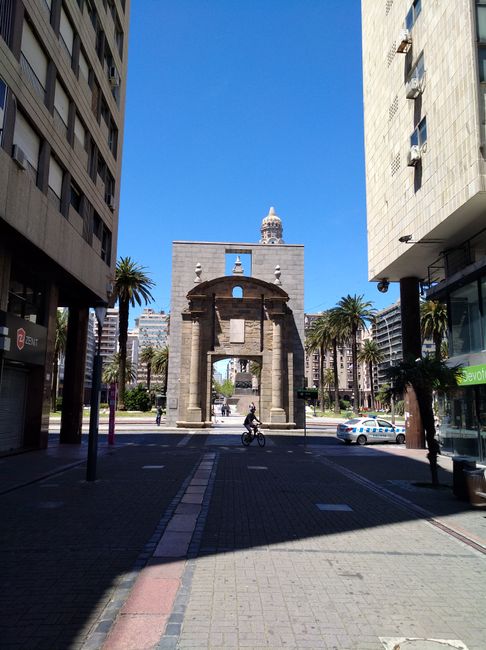
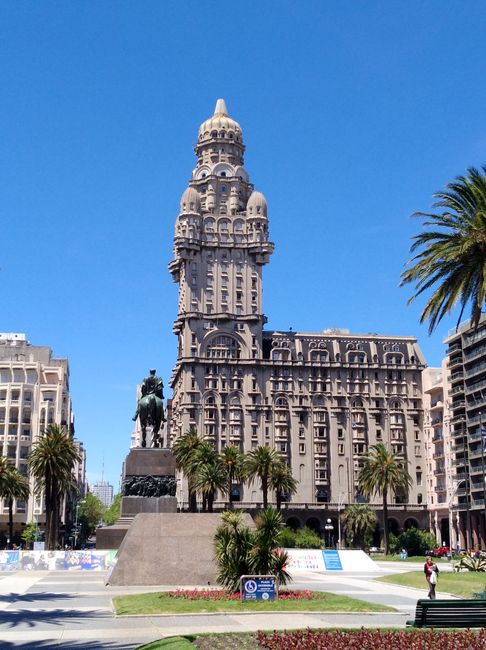
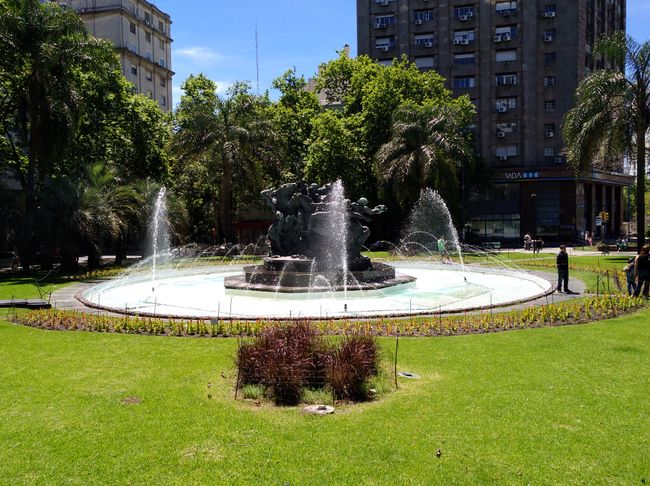
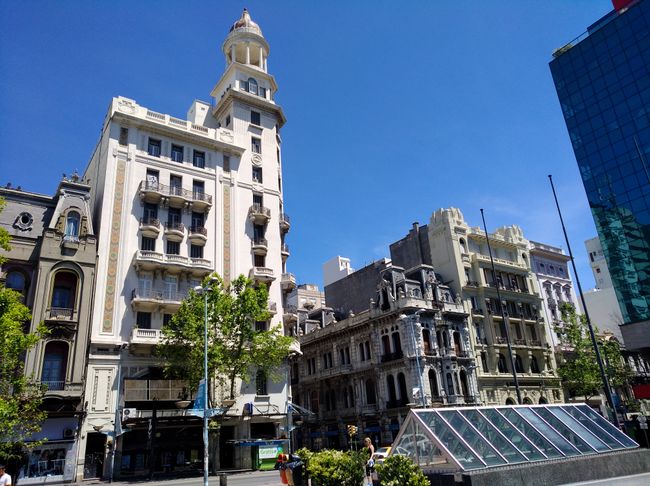
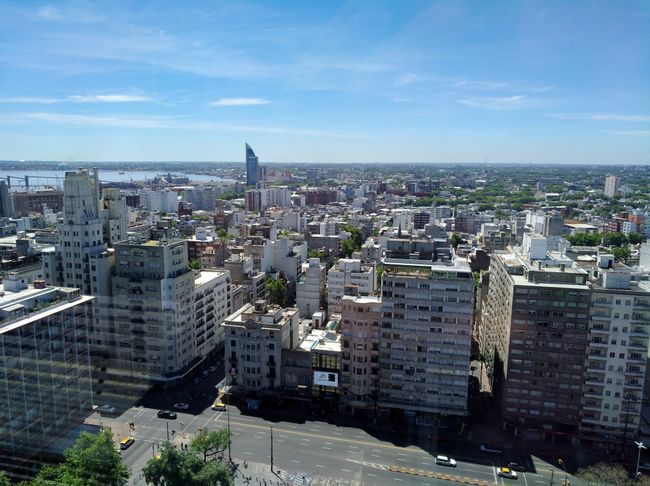
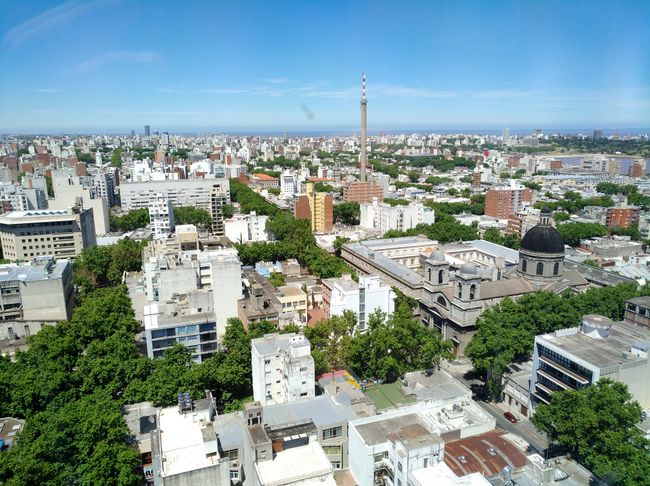
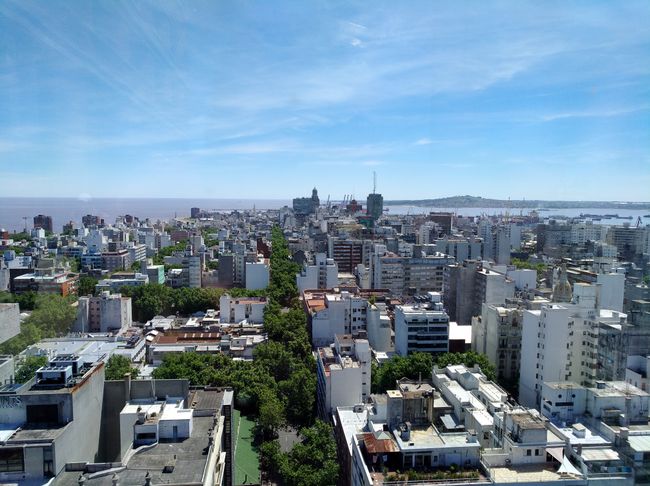
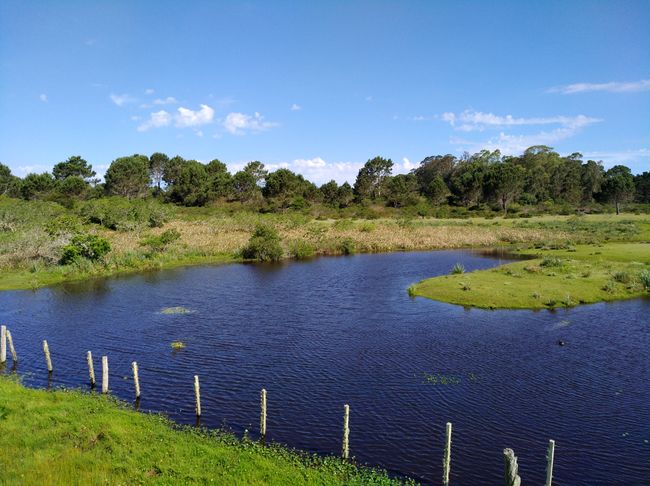
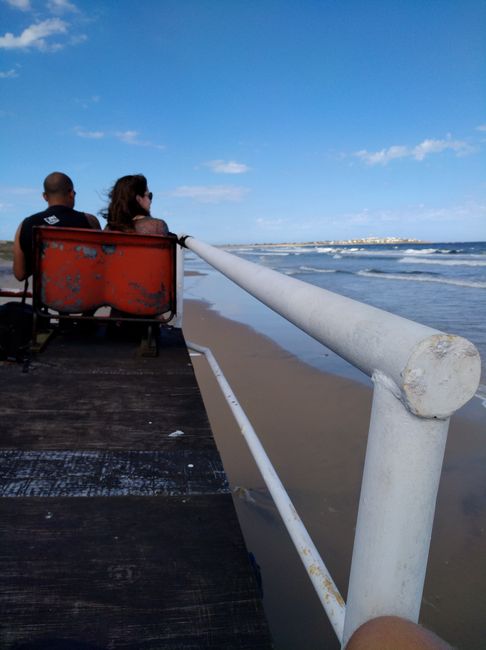
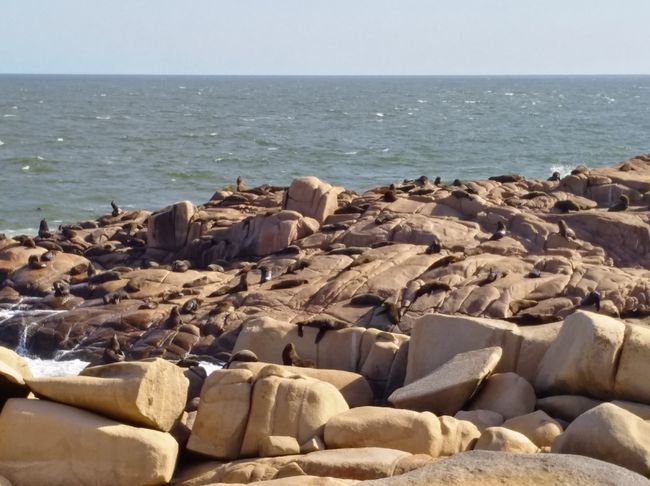
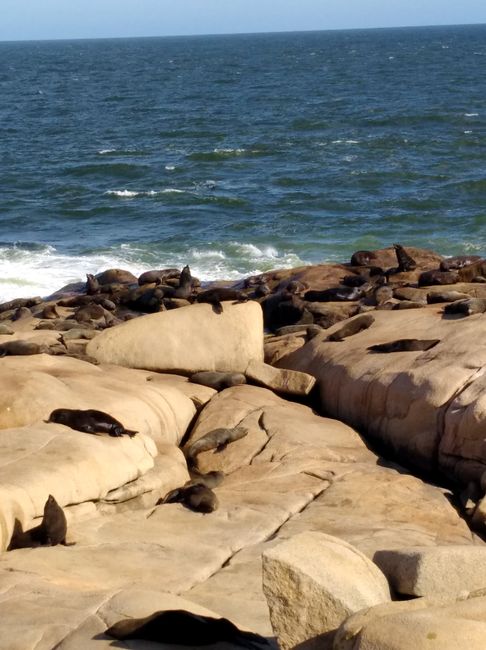
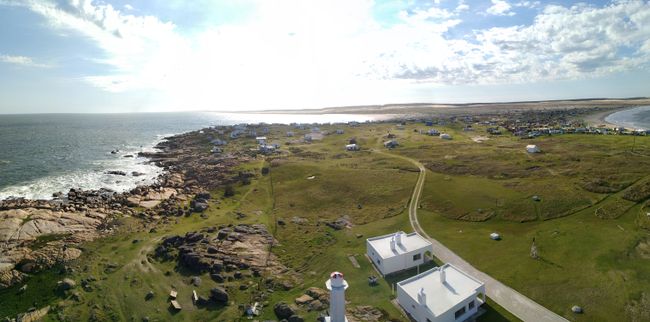
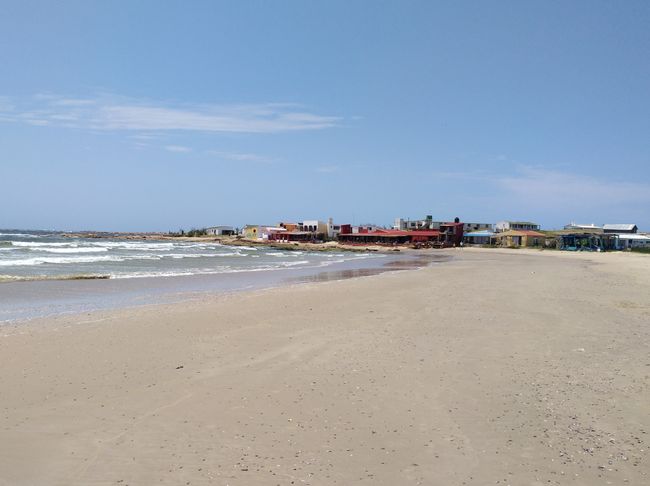
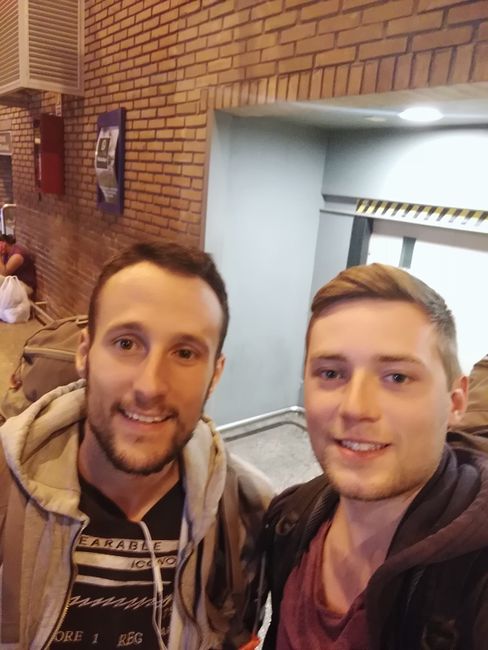
Wɔ Nudɔdɔ na Nyadzɔdzɔgbalẽ
After a few nice days, the time in Buenos Aires came to an end and it was time to say goodbye. Uruguay was supposed to be the next destination, and this time I was not traveling alone for a change. Nicolas, who came from Paris, had a similar plan and we decided to dedicate ourselves to the adventure of Uruguay together. His fluent Spanish was of course very helpful.
In retrospect, I wonder if it might have been nicer to make the journey all the way to Patagonia instead of just ticking off another country on the map. Argentina is huge and a trip to Patagonia would involve some very long bus rides, but everyone raves about the area. But oh well, I opted for the more comfortable option and all I needed to do to cross over to Uruguay was to take the ferry across the Rio de la Plata,
which is, by the way, the widest river in the world that Magellan mistakenly believed connected the Atlantic and the Pacific,
and an hour and a half later, I reached the colonial city of Colonia del Sacramento. Colonia del Sacramento is the oldest city in Uruguay and its Old Town has been declared a UNESCO World Heritage Site. Essentially a beautiful city, but spending the night and spending three hours visiting the colonial-style Old Town the next day were pretty much all there is to do there. Although our three hours were very generous.
A quite positive and surprising side effect of a detour to Uruguay is also the value-added tax (VAT) discounts for tourists. It was originally introduced for the 2012/2013 season and states that VAT will be refunded for payments made with credit cards issued abroad. Since this model unexpectedly proved to be beneficial to tourism, it was decided to simply extend this model. As a result, tourists still receive up to 30% discount in restaurants and also a few percent off most other things.
So off we went towards the capital, which was supposed to be Montevideo, and with an exact three-hour bus ride, it was also within a reasonable distance from Colonia. Upon arrival in Montevideo, we went to our new hostel and on our first attempt to explore Montevideo, we were slightly surprised by the end-of-the-world atmosphere here. The city, or rather the Old Town where our hostel was located, was deserted. Hardly anyone on the streets, no cars, all shops closed, and this on a Saturday afternoon. We were looking for a bar that would show the Golden State Warriors game against the Philadelphia 76ers. Finally, I found a travel partner who shares my passion for the top US basketball league. This turned out to be more difficult than expected, even impossible, so we had to resort to our hostel. I had my laptop with me just in case, but to our surprise, the game was actually shown on TV.
The next day confirmed the graveyard atmosphere of Montevideo, and it was only during my second stay in Uruguay's capital that I would find out why. However, we took advantage of the hot Sunday for an extensive city tour. After there wasn't much to see in and around the harbor, we headed from Plaza Independencia, with its huge Artigas statue, to Avenida 18 de Julio. Similar to Buenos Aires, the most important street here was named after the date of one of the country's most important events. Namely, the people's recognition of the constitution on July 18, 1830.
Along this street, it is important to look up from time to time, as beautiful neo-baroque buildings occasionally appear amidst the high-rise landscape. I have the feeling that they're trying to copy the city on the other side of the Rio de la Plata a bit. With moderate success, unfortunately.
A little further down the street, we arrived at the Palacio Municipal. The designated administrative apparatus of Montevideo actually has a wonderful observation deck with a 360-degree view of Montevideo. From up here, it was easy to see that Montevideo, like many other South American cities, was built according to the US model. The grid-like street plan and as many tall buildings as possible. It makes orientation easier, but in my opinion, it takes away a bit of the charm.
According to a 2010 study, Montevideo is the city in South America with the highest quality of life, followed by Buenos Aires and Santiago.
In the end, Montevideo is another capital city that you can see but don't have to, and I'm starting to get the impression that the largest and most important cities in a country are not necessarily the most worth seeing. Let's see if this trend continues. Buenos Aires would be an exception to this.
After two nights in Montevideo, it was time to take the bus again. This time it was exactly five hours and our destination was Cabo Polonio. A village in the middle of a nature reserve that is said to be one of the 'wildest and most untouched regions of Uruguay'. Since only residents are allowed to drive to Cabo Polonio by car, our journey there was more complicated and expensive than expected. Our bus stopped at a bus terminal in the middle of nowhere, and from there we had to pay an additional 200 Uruguayan pesos (about €6) to get to Cabo Polonio. We then made the journey there in an open East German truck through the nature reserve and along the beach until we finally reached the hippie enclave.
Colorful houses, little electricity, Wi-Fi for one hour a day. These inhumane conditions awaited us for the next few days. There's not much to do here except hang out at the beach, climb the lighthouse, admire the seal colony, or just lie in the hammock. We decided to spend most of the time playing chess in our hostel Viejo Lobo and just relax.
Unfortunately, I left Montevideo with a slight cold and it didn't really improve in Cabo Polonio.
Furthermore, it was quite chilly and windy there, and our hostel was not really comfortable. It was cozy in its own way, but not suitable for recovering and getting healthy again. For example, my bed was only just under 1.75 meters long and therefore too short even for my modest height. That's why I decided to only stay there for one night and accompany Nicolas back to Montevideo the next day.
Nicolas had already booked his bus for the
following
day, but I originally booked mine for the day after. So I had two nights and he only had one. There were some coordination problems, so he would take the bus back to Colonia del Sacramento and I would go back to Buenos Aires from Montevideo.
I was able to change the hostel without any problems, but the bus tickets were a bit more complicated. Since there was no ticket office in Cabo Polonio, I tried calling the bus company with the help of the hostel employee Santi, who seemed to be constantly high. However, it seemed that the same company didn't feel like responding to our numerous calls, so I had to drive to the bus terminal with Nicolas to do it in person. Fortunately, everything worked out as planned, and I was back in Montevideo on the same day.
However, Nicolas had to take the bus directly to Colonia del Sacramento, so our time together was already over.
This time, I treated myself to a room just for myself. Probably the best solution for all parties involved. My accommodation was again in the Old Town, not far from the ferry terminal, so I only had a short walk when I left. The accommodation describes itself on the internet as 'retro', but in reality, it should mean 'dilapidated'. But oh well, my room was fine, and when you have a self-imposed budget, you sometimes have to deal with things like that.
Since I was in Montevideo during the week this time, I saw a completely different picture. The Old Town came to life, with street cafes, small shops open, and a huge hustle and bustle all of a sudden. I had the feeling that this was a different city than just a few days ago. In Uruguay, all shops are closed from Saturday afternoon until Monday. That explains the lack of people on the streets on weekends. Montevideo's Old Town had a lot to offer and is definitely worth a visit. The impression can change quickly.
Wɔ Nudɔdɔ na Nyadzɔdzɔgbalẽ
Ŋuɖoɖo

